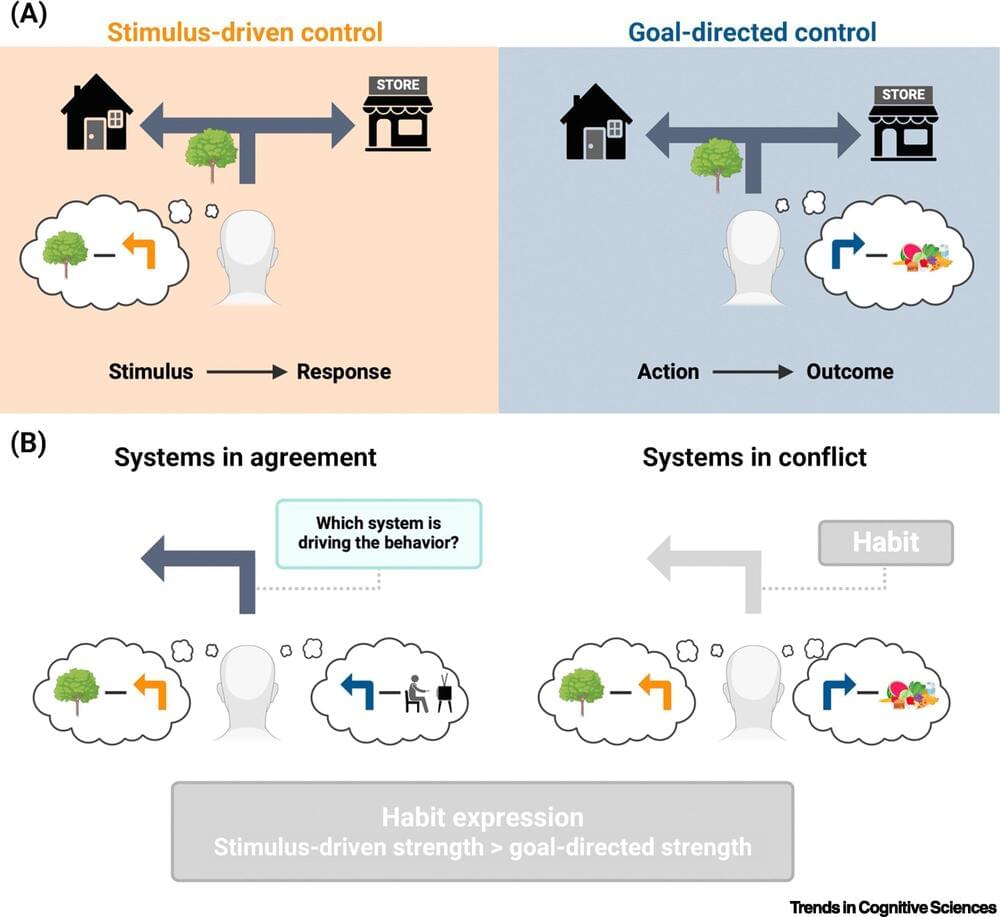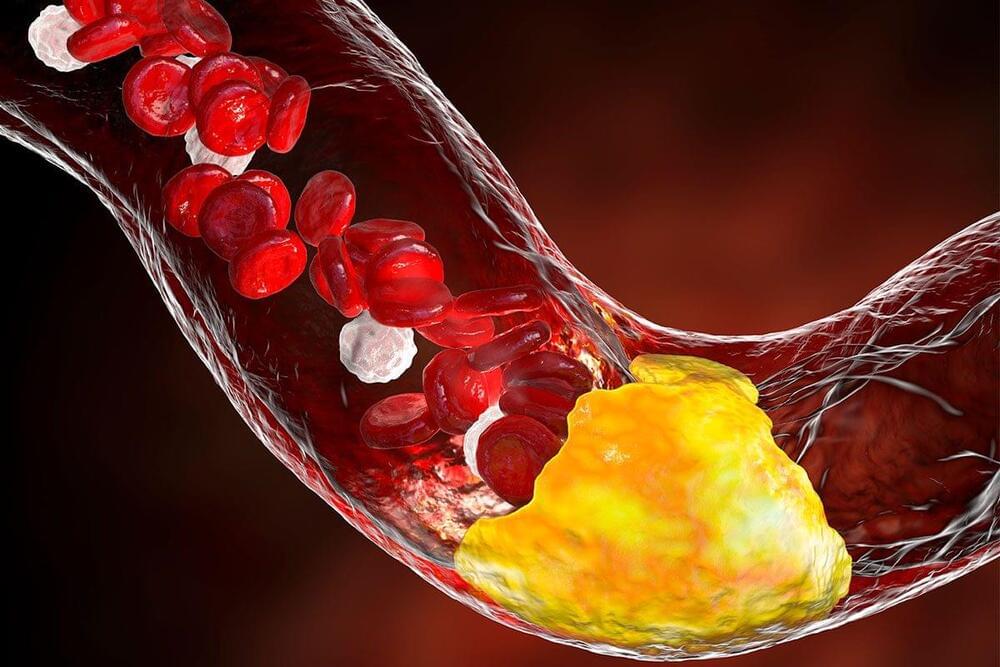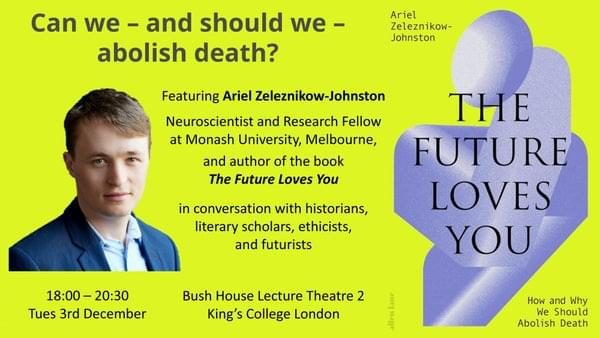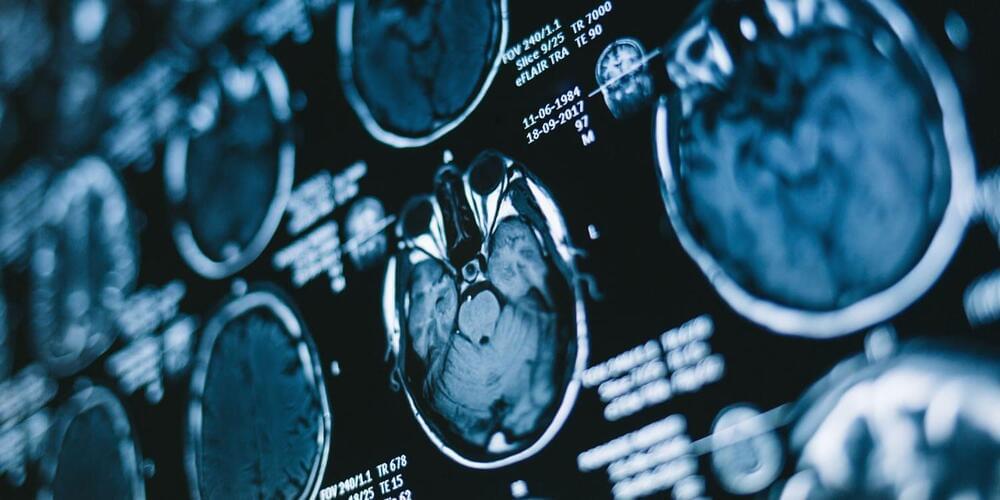Cognitive neuroscientists at Trinity College Dublin have published new research describing a brand new approach to making habit change achievable and lasting.
This innovative framework has the potential to significantly improve approaches to personal development, as well as the clinical treatment of compulsive disorders (for example obsessive compulsive disorder, addiction, and eating disorders).
The research was led by Dr. Eike Buabang, Postdoctoral Research Fellow in the lab of Professor Claire Gillan in the School of Psychology, has been published as a paper titled “Leveraging cognitive neuroscience for making and breaking real-world habits” in the journal Trends in Cognitive Sciences.







